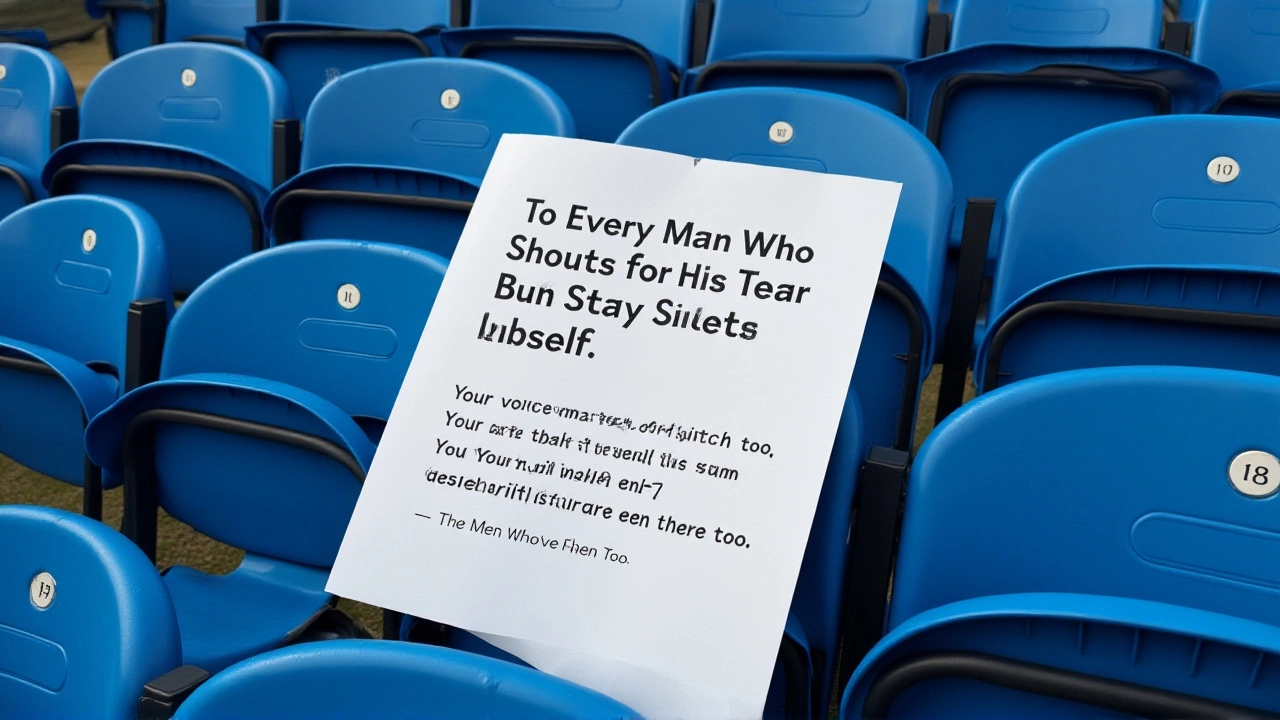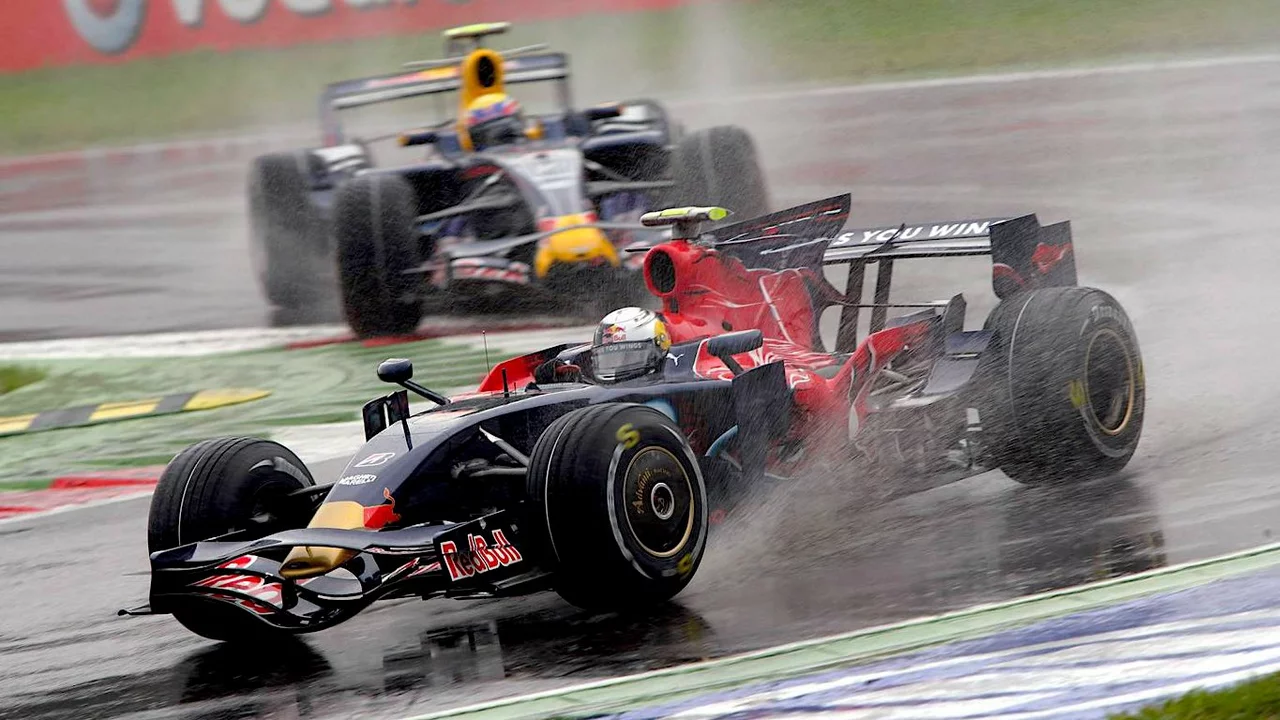Sports Analysis – Why Americans Struggle in Formula One
Ever wonder why the United States, a country that loves fast cars, doesn’t produce many Formula One stars? It’s not a lack of interest, but a mix of culture, infrastructure, and focus that keeps American drivers away from the top level of F1.
Cultural Differences Hold Back American Talent
In the US, the racing scene revolves around NASCAR, IndyCar, and street‑legal muscle cars. Kids grow up watching stock‑car races on TV, and most local tracks are built for oval racing. That means most young drivers learn to slide around big circles, not tackle tight, twisty road circuits that F1 demands.
Another big factor is the lack of home‑grown F1 tracks. Europe has a dense network of road courses, from Monaco to Silverstone, giving aspiring drivers plenty of chances to practice the exact type of racing they’ll need in F1. In America, the few road courses are spread far apart and often host only occasional events, making it harder for a budding driver to get the right experience.
Funding also plays a role. F1 seats cost a fortune, and teams look for drivers who can bring sponsorship money. In the US, most corporate sponsors prefer the massive TV audience of NASCAR or the tradition of IndyCar, so there’s less money funneled into an American driver’s F1 path.
Pathways to Change
There are ways to close the gap. One is building more youth programs that focus on road‑course racing. When kids start learning how to handle a car on a twisty track, they’ll develop the skills needed for F1 faster.
Another avenue is sending promising drivers abroad early. Many successful American F1 racers have spent their teen years in European junior series, learning the craft where the competition is toughest. A structured scholarship or partnership between US teams and European junior teams could make this route more accessible.
Lastly, increasing the visibility of F1 in the US can change public perception. When more fans watch and talk about F1, sponsors will see value in backing American talent, and the sport will get a bigger foothold in the country.
So, while the current picture looks bleak, the road ahead isn’t blocked. By shifting focus from oval to road racing, investing in youth programs, and creating clear pathways to Europe, the US could start seeing more home‑grown drivers on the F1 grid. Until then, the question remains: will America finally get its own F1 champion, or will the gap stay as wide as a superspeedway?

Southampton FC Women Close League Cup Campaign Against Charlton Athletic at Silverlake Stadium
Southampton FC Women face Charlton Athletic Women in their final Subway Women's League Cup group match at Silverlake Stadium on November 23, 2025, closing a campaign with no knockout hopes but deep significance for women's football at the grassroots level.

Leeds United Backs Andy's Man Club Campaign Tackling Male Loneliness on International Men's Day
Leeds United supported Andy's Man Club's 'The Men Who've Been There Too' campaign on International Men's Day 2025, using posters at Elland Road and Leeds city centre to combat male loneliness, continuing a powerful partnership focused on mental health and the message: It's Okay To Talk.

Why are Americans so unsuccessful in Formula One?
Well, mates, it's a puzzler why Americans haven't quite mastered the art of Formula One! I mean, we've got hot dogs, apple pie, and baseball on lockdown, but when it comes to Formula One, we're like a NASCAR driver in a ballet class! Some say it's the difference in racing culture or lack of homegrown tracks, others say we just love our homegrown NASCAR too much to care about those speedy European machines. But, whatever the reason, it's clear we're still trying to find our racing groove in this high-speed international dance. So, here's to hoping we'll be doing donuts on the Formula One podium soon - after all, we never back down from a challenge!


